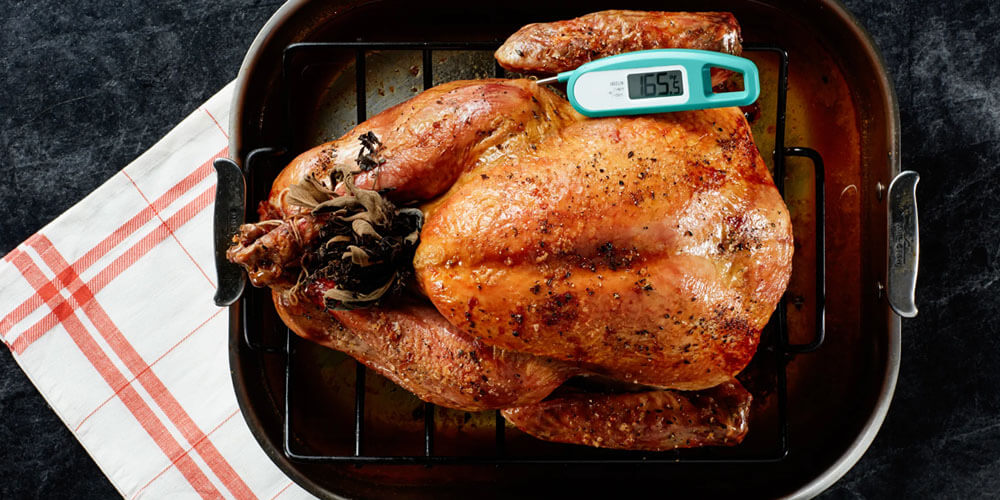You will surely agree on one thing: under or overcooked chicken is terrible! You might follow all the precautions necessary to ensure that the chicken is properly cooked, such as using an exceptional marinade, layering, and flavoring, but everything leads back to the level of temperature that cannot be determined without the use of a thermometer. However, the degree of temperature at which chicken is fully cooked and safe to consume is less well-known. So what would the safe temperature for chicken be for that to be perfectly edible?
What is the ideal cooking temperature for chicken?
Whatever technique you use to cooking meat, you have to ensure that it reaches a temperature of approximately 165 ℉. That’s the optimum safe temperature for chicken; once the chicken meets this temperature, it is completely cooked and edible. Overcooked meat isn’t dangerous, but it might be stiffer and less tasty, so learn how to know when chicken is fully cooked.
How do you determine the internal temperature of fully cooked meat?
You’d use a thermometer to measure the temp of meat just like anything else. The meat thermometer can instantly show the internal temperature of the chicken with only a touch, so you could be sure it’s done. Insert the thermometer into a thick portion of the chicken, such as the breast or thigh piece. Try not to touch the thermometer to the bone since this will affect the temperature measurement.
Various sorts of meat thermometers
Meat thermometers are available in a variety of forms, including oven thermometers as well as instant thermometers; the process for detecting the temp of the meat differs in each situation.
Oven thermometer
As the term implies, an oven thermometer is something that is placed within the meat and set into the oven with it. The thermometer could maintain a steady eye on the chicken in this manner and will inform you whenever the pre-set temp has been reached.
Here’s how to put it to use:
- Place the thermometer in the oven along with the meat and begin cooking.
- Keep a close check on the thermometer’s temperature and monitor for the ideal range of temperature.
- You may get it out from the oven when it has achieved the appropriate temperature; chicken is cooked, tasty, and healthy.
Instant thermometer
The digital thermometer and the dial thermometer are two types of instant thermometers.
Digital thermometer
Digital thermometers aren’t meant to be placed into the chicken when it’s cooking. The objective of an instant thermometer is to measure the temp “instantaneously” to give an indication of how long the chicken will take to be perfectly cooked. Such thermometers vary from oven thermometers because they’re less complex and cannot read temps from within the oven. It signifies that people must use their cooking skills in determining when the meat is ready; however, this is not a tough task and requires little effort to operate this thermometer.
Simply follow the easy instructions outlined here.
- Put a half-inch thermometer inside the meat and check the temp.
- Take temperature readings. After that, remove the thermometer once the temp is measured.
That’s all, quick and simple!
Dial thermometer
A dial thermometer has a heat-resistant lens and is similar to a standard dial indicator. With both scales, Fahrenheit, and Celsius, on the dial’s display, this thermometer monitors and shows the temperature in an analogue manner.
Using a dial thermometer is easy; just follow these simple steps outlined below:
- First, look for the chicken’s thickest part.
- Insert the dial thermometer in the chicken, minimum 2 inches.
- Before placing the chicken in the oven, take note of the temp shown on the thermometer, then remove it.
Conclusion
In comparison, an oven thermometer would show you better results; however, the digital thermometer is simple to use. Thermometers enable you to prepare consistently excellent chicken while also ensuring that it is perfectly edible. It may take you two or three tries to master the usage of the meat thermometer.
